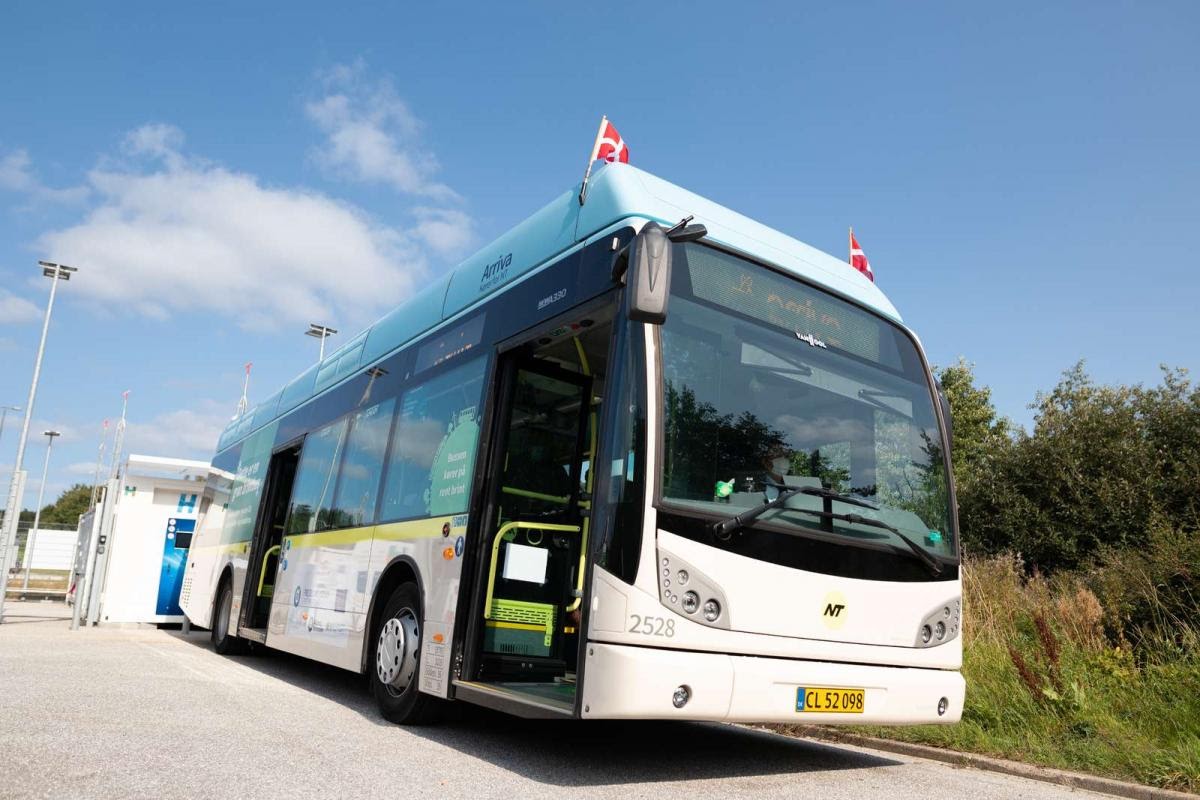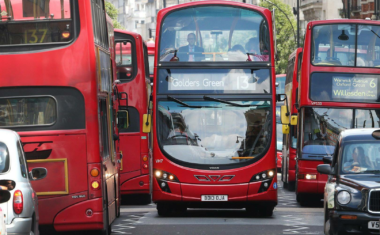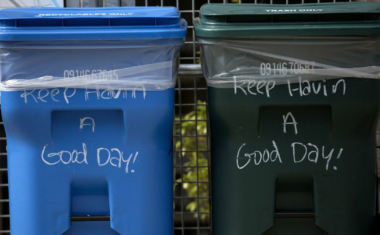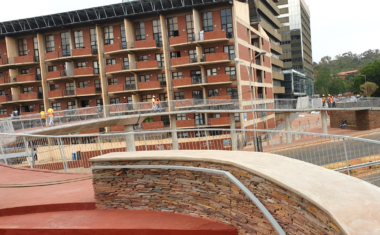Hydrogen Buses
- 9
- 6 min to read

About the city. Region North Denmark and the Municipality of Aalborg have aim to be the first movers in the green transition of the heavy-duty transport in Denmark, including public transport.
Goal
The aim of the project is to gain experience with hydrogen technologies in order to benefit the development of hydrogen solutions and the commercial development of the hydrogen sector.
Implementation period. First buses are being used since 2019.
Fact
- In 2018, Denmark got a new Clean Air Vision focused on doubling Danish exports of clean-air solutions by 2030.
- Nowadays public transit and heavy-duty cargo transport account for around 25% of CO2 emissions in Denmark.
Solutions
The use of hydrogen is innovative within public transport, where CO2 emissions can be reduced significantly and particle pollution in the immediate environment can be avoided: Hydrogen buses emit only steam during travel. By using only electricity from renewable energy sources, such as wind or solar when producing hydrogen, hydrogen as fuel is completely CO2 neutral.
New hydrogen buses (A330) are 12-meter and have a place for 78 passengers each.
In parallel with the hydrogen bus contract, the North Denmark Region and the City of Aalborg have also signed a contract on an electrolysis system for the production of hydrogen from electricity and on a filling station for refilling the busses with hydrogen.
The refuelling station is based on the GHS HyProvideÔ A-Series, a next-generation alkaline electrolyzer that is built for efficiency, on-site operation, optimized to run on electricity from renewable sources and scalable.
Benefits:
- The new buses do not produce CO2 emissions, they only emit water.
- Charging the buses for ten minutes allows them to drive for the whole day.
- The buses are driven by a fuel cell that uses hydrogen and oxygen from the air to produce electricity, cleaning the air from harmful particles at the same time.
- With 200 hydrogen buses, Denmark will be able to reduce CO2 emissions by 14,000 tonnes.
- New hydrogen buses have a larger operating range than electric buses, and they are more suitable for regional bus routes and for longer urban bus routes, where electric buses would require frequent recharging.
Challenges
With the growing share of renewable energy in the energy mix, the need to store clean energy for later use is now a critical issue.
Depending on the time of day, month, or year, excess energy generated is often wasted.
Moreover, the marginal cost of renewable energy sources is close to zero, which leads to their prices being lower than the prevailing market – and even negatively priced in some European countries.
What can Denmark do with this excess of cheap energy?
Converting it to hydrogen using electrolysis is a key solution. Hydrogen gas has the highest energy content of any fuel, making it an excellent energy carrier for storing and distributing excess renewable energy.
Team
North Denmark Region, Municipality of Aalborg (The buses are delivered by the Belgian company VanHool, the production and the filling station are delivered by the Danish company GreenHydrogen)
Timeline
- The demonstration period of the buses is expected to last three years and is part of the ambitious EU-funded (approximately 1.2 million euro) project titled 3Emotion.
- There are 3 buses in test now: One of the vehicles run on the city route 17, operated by Keolis, and the other two fuel cell buses are in operation on regional route 72 managed by Arriva.
If you notice an error or inaccuracy in our editorials, please email [email protected] so we can look into it.






